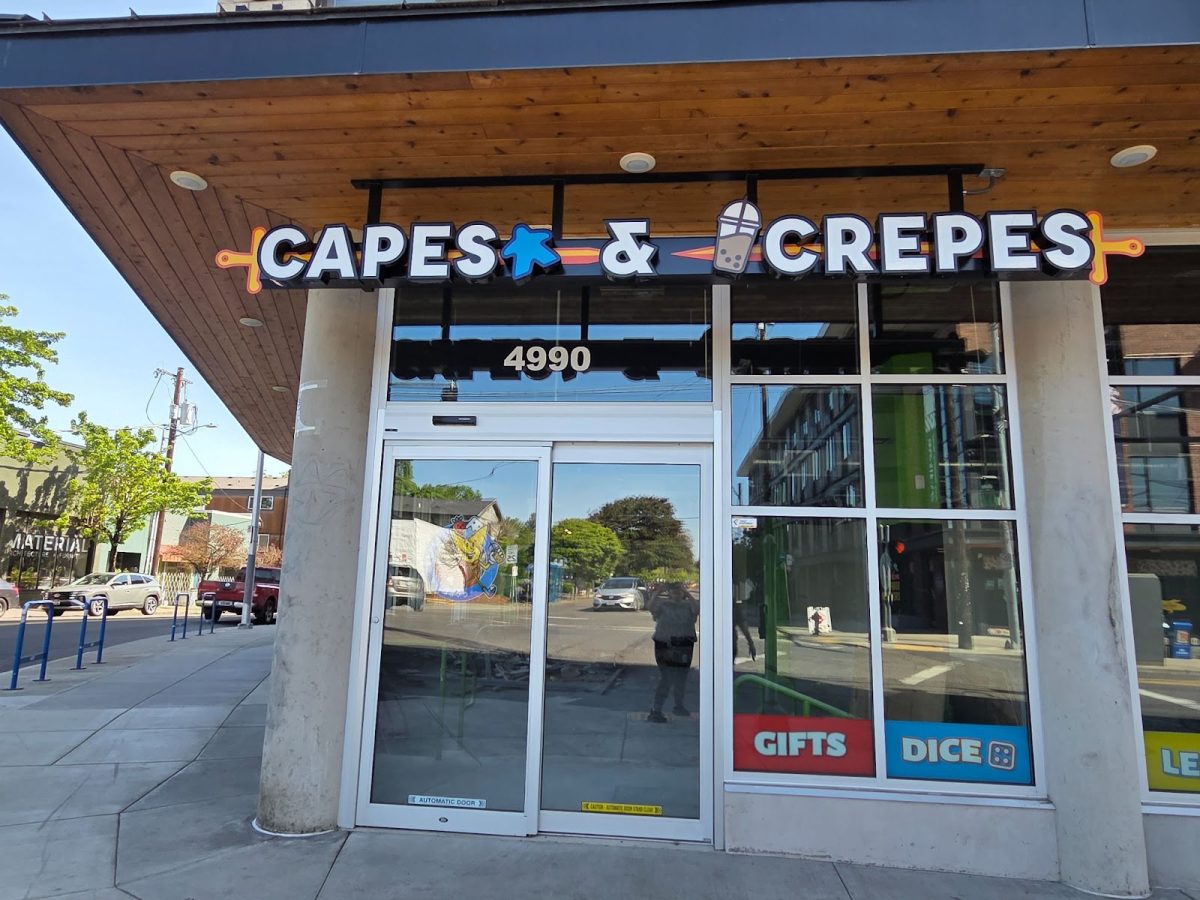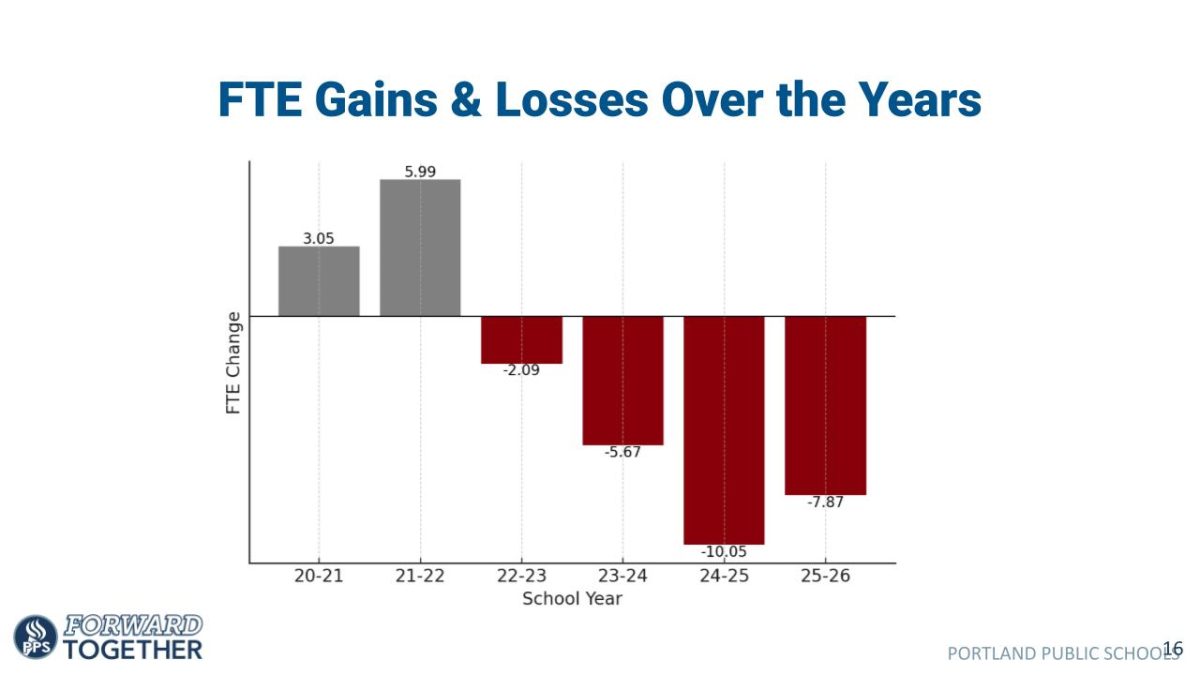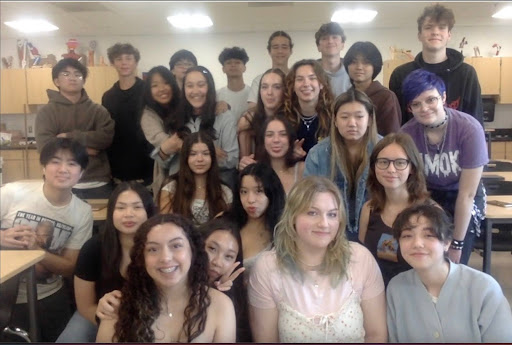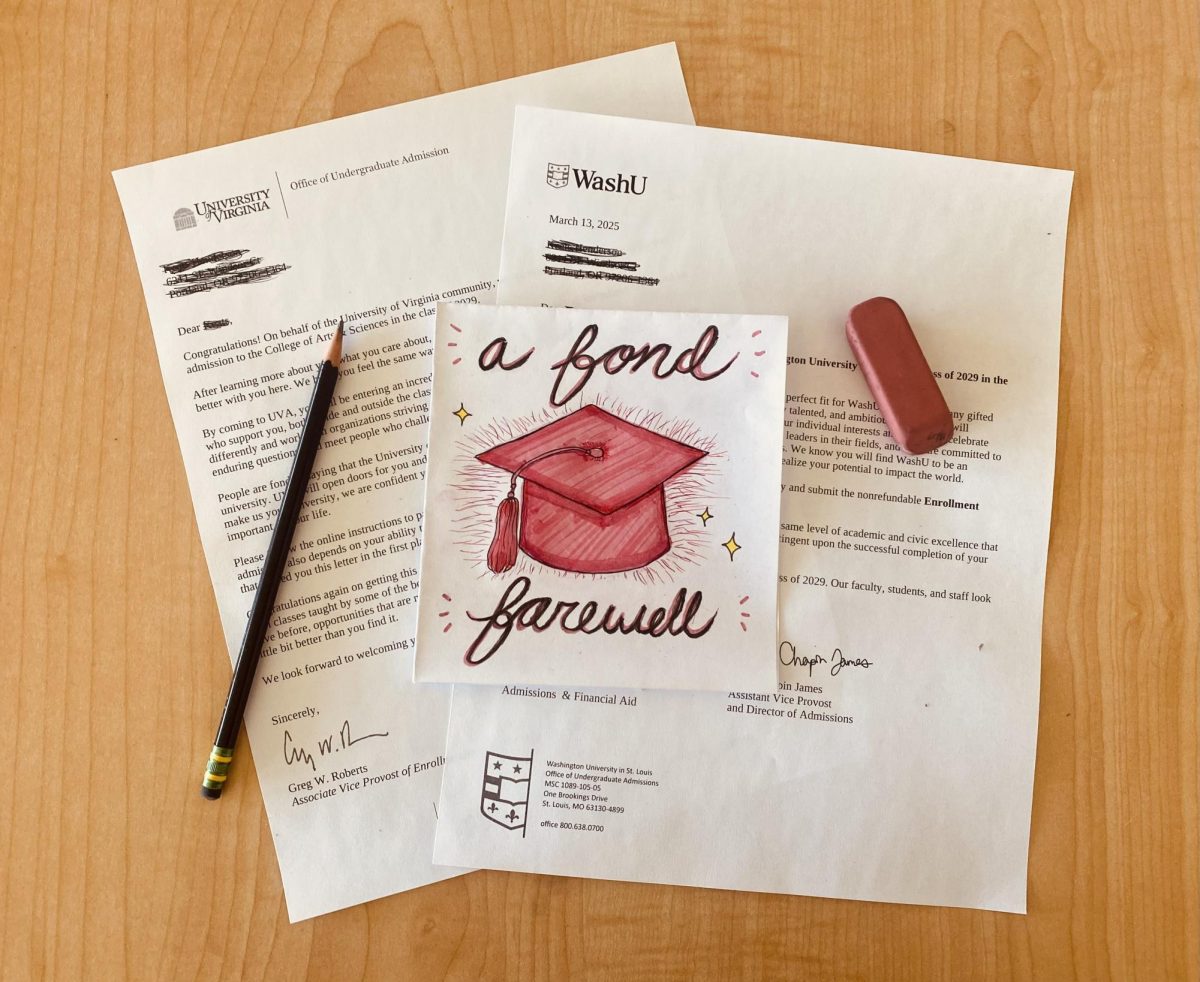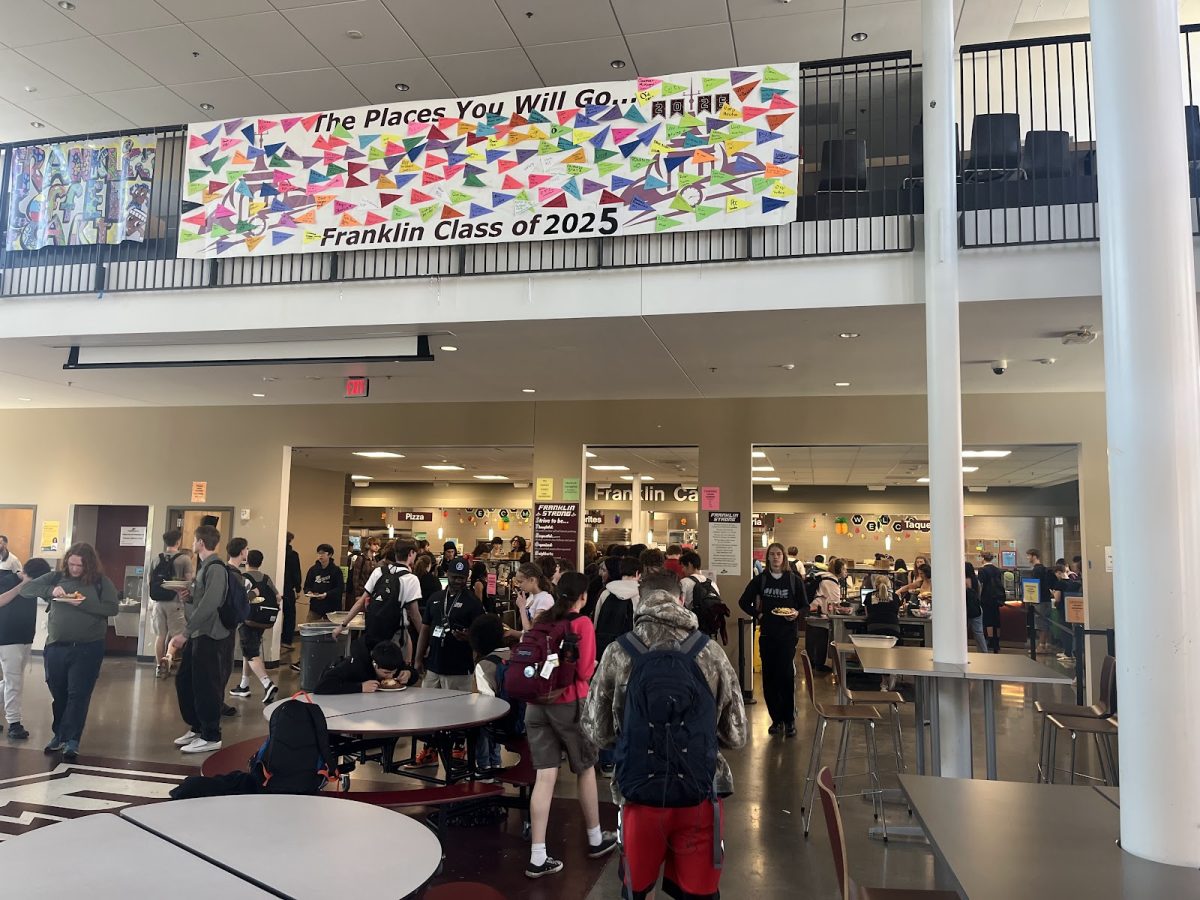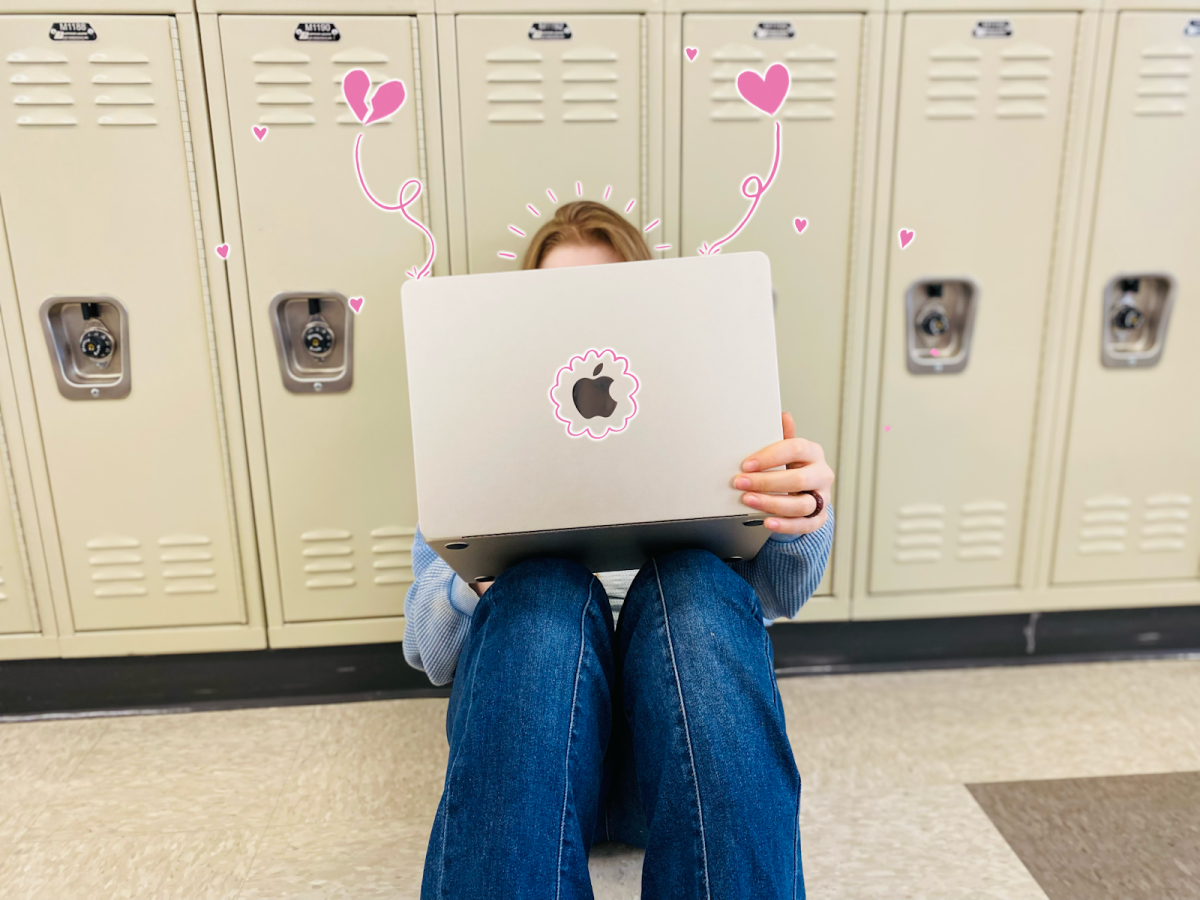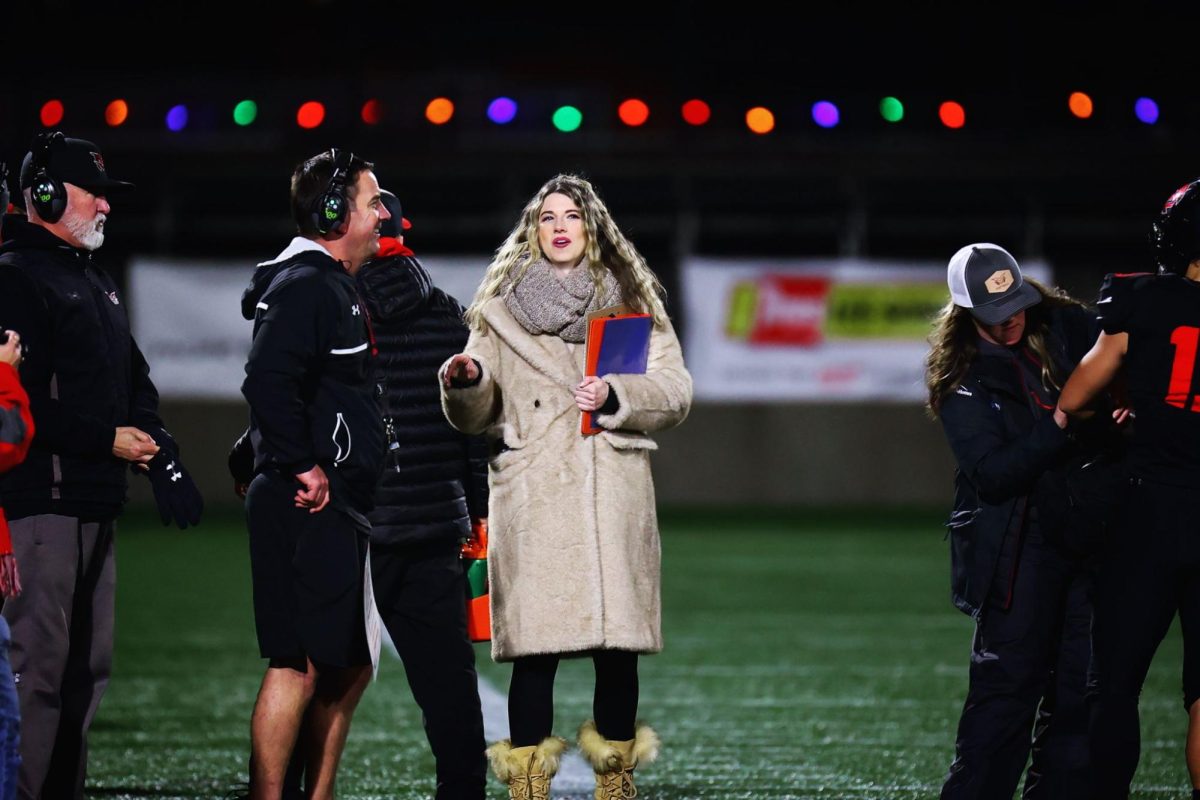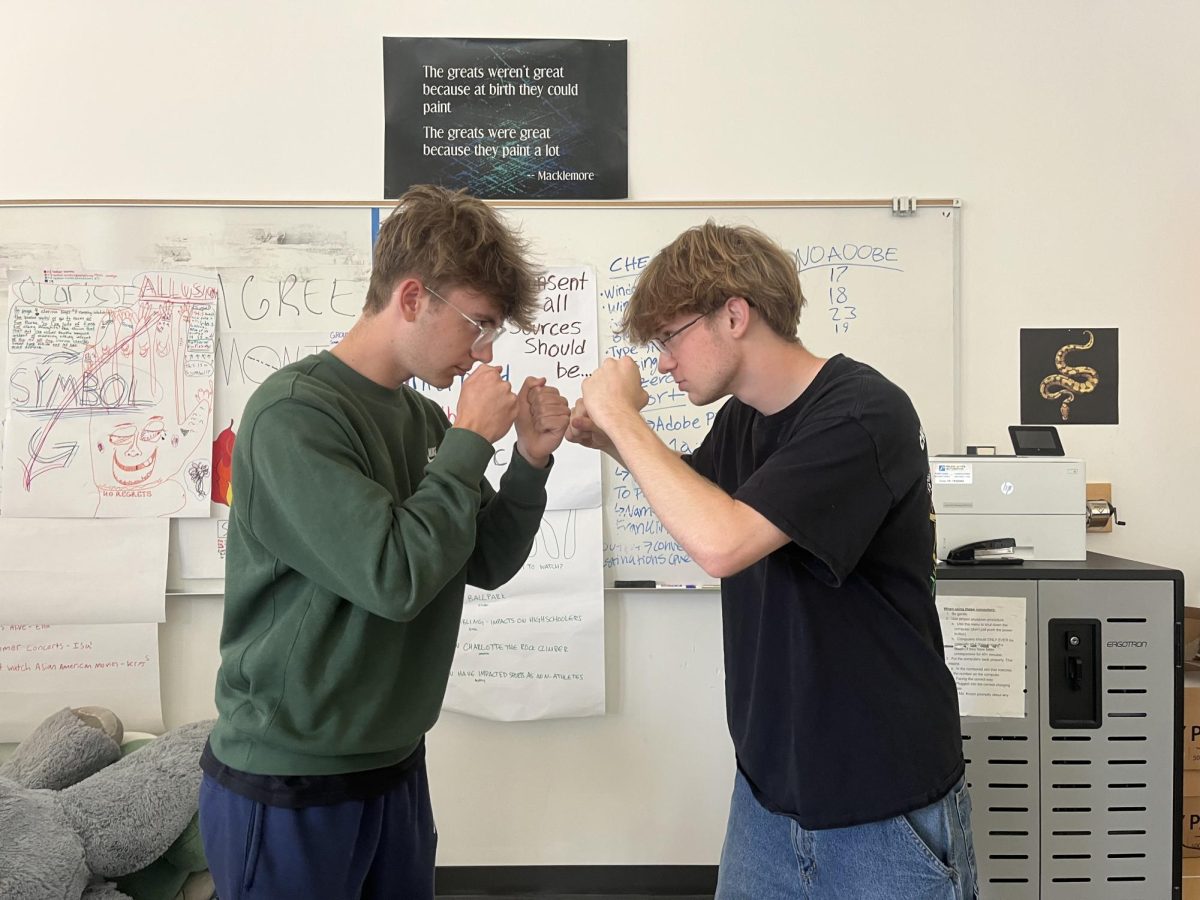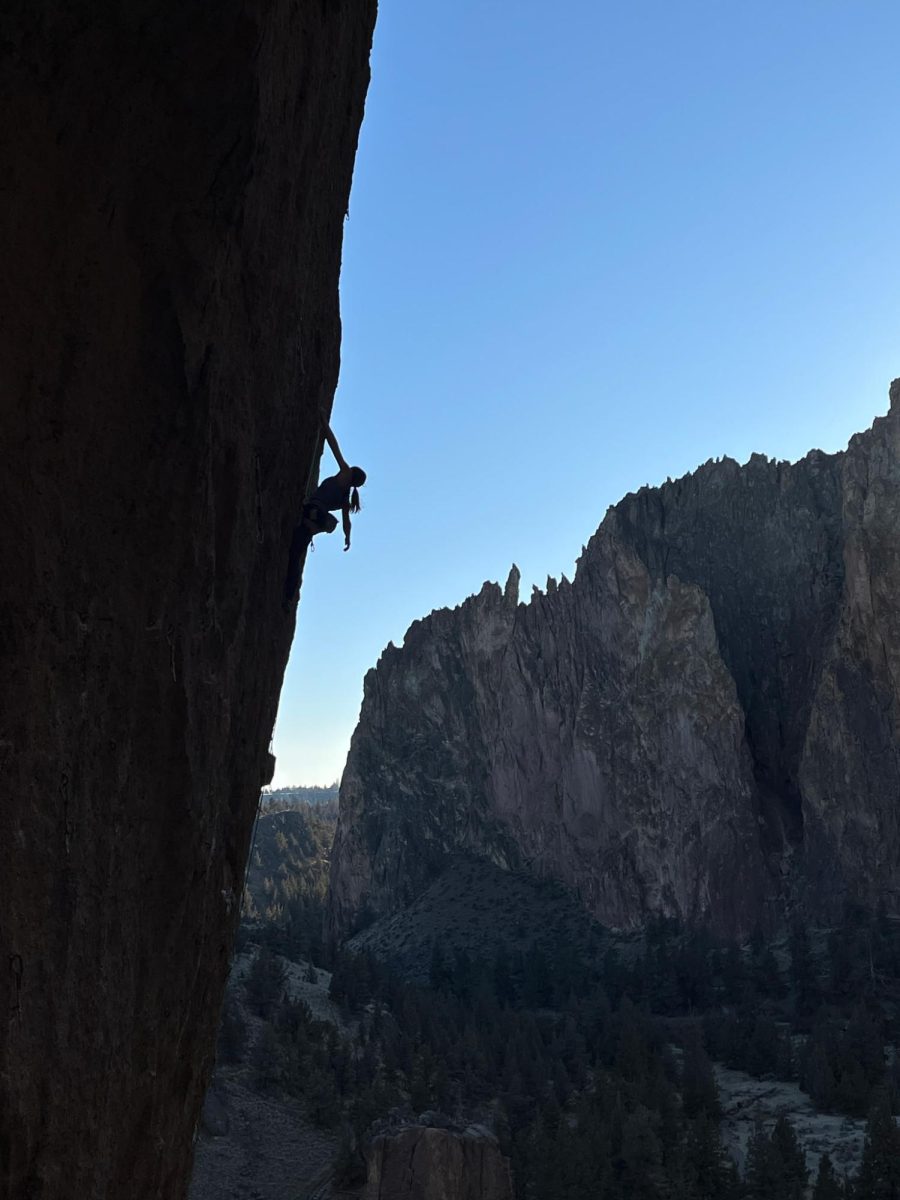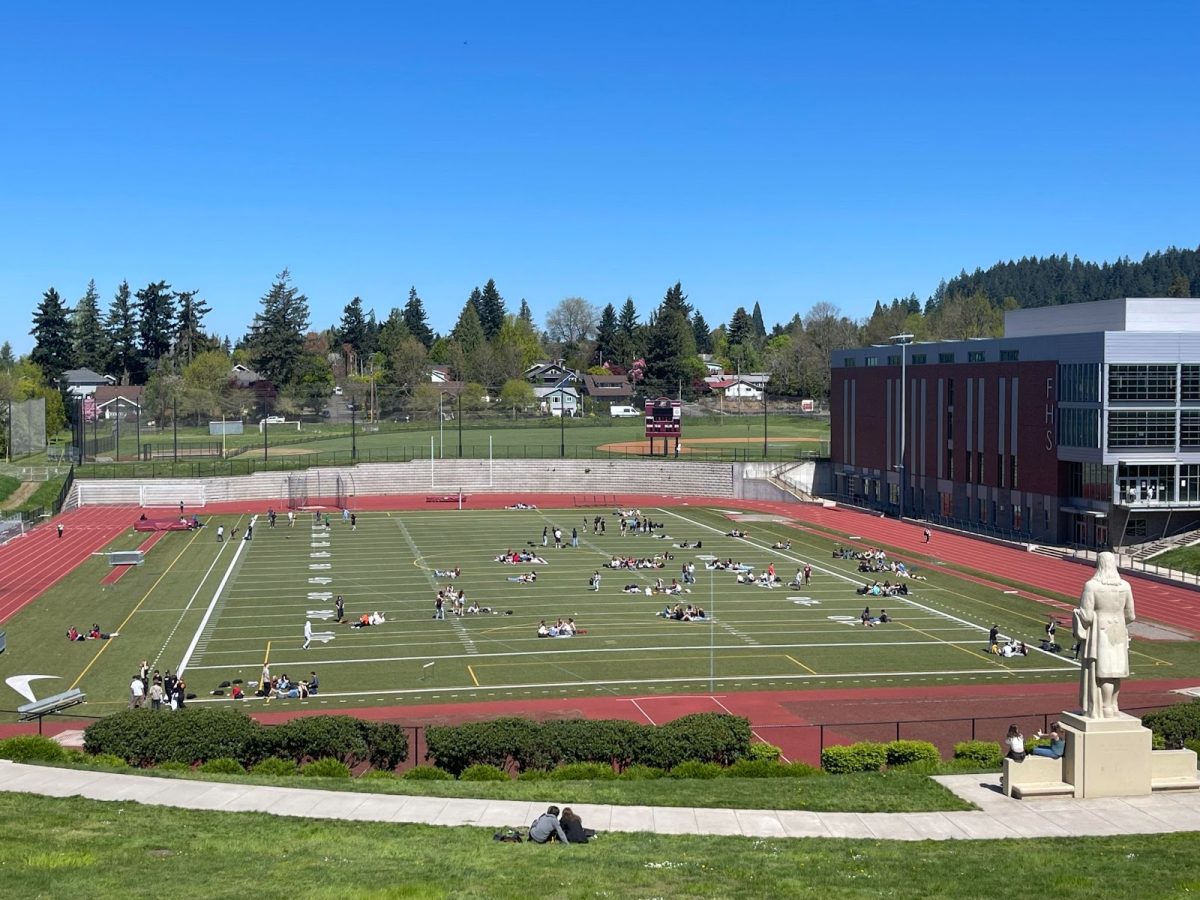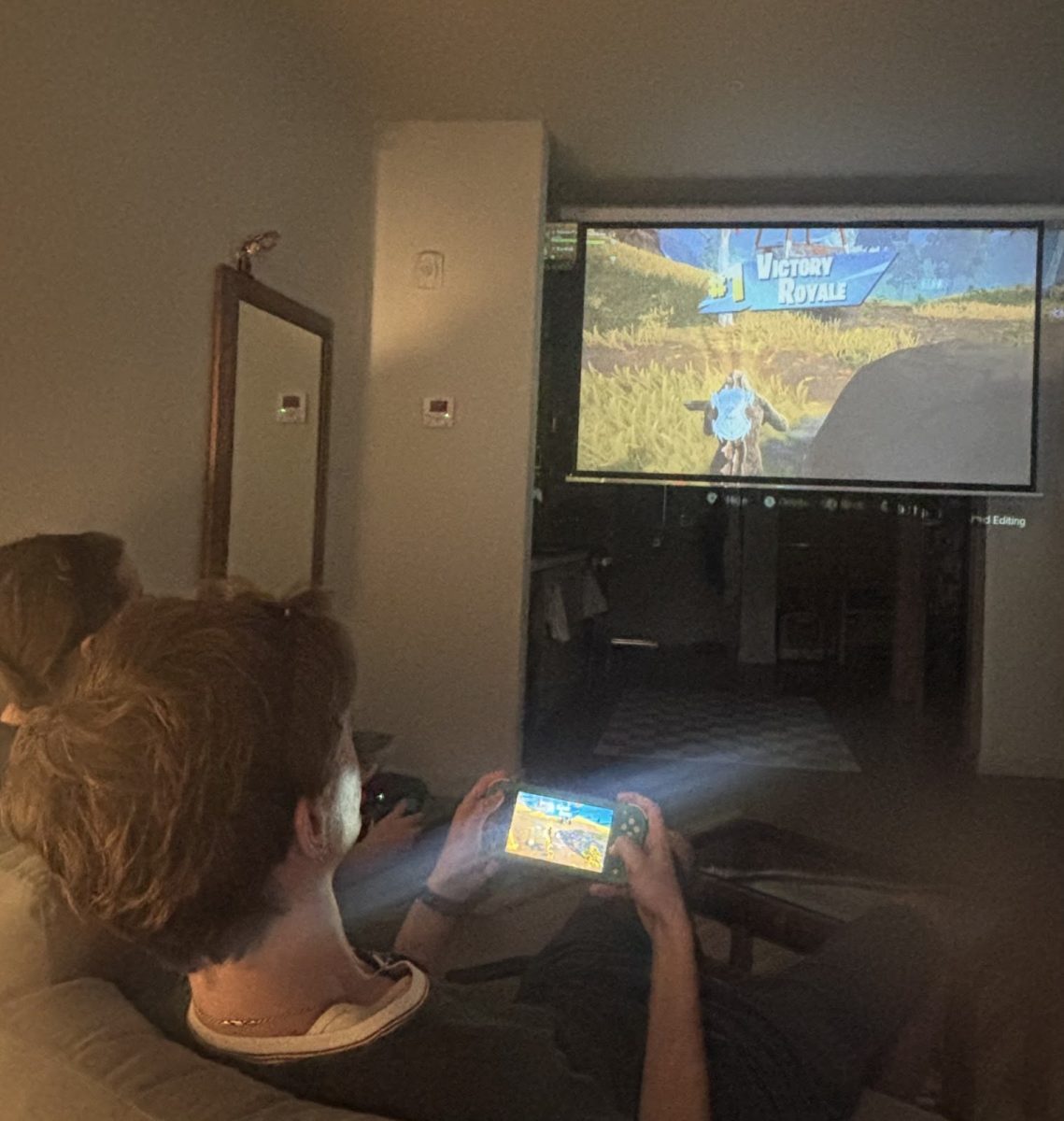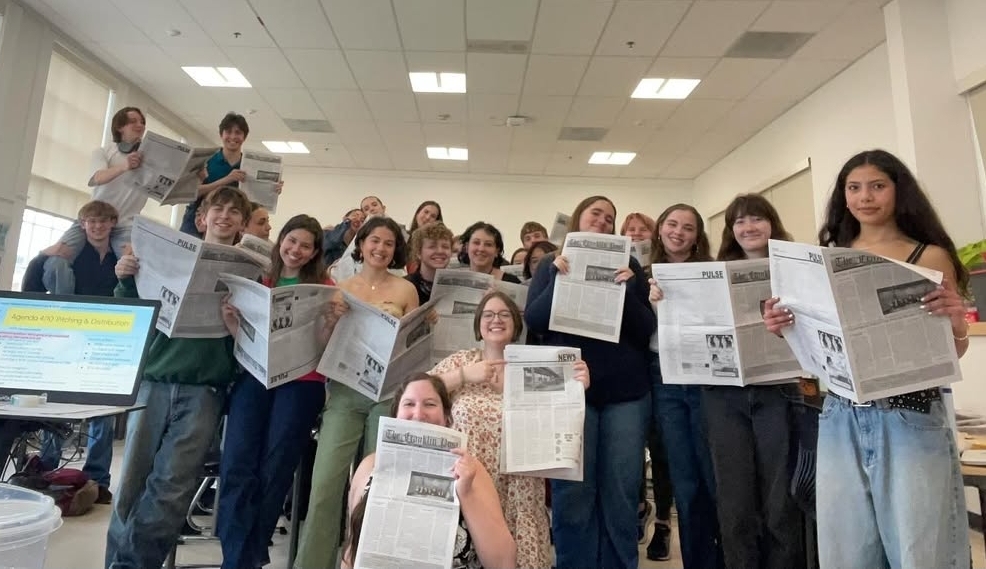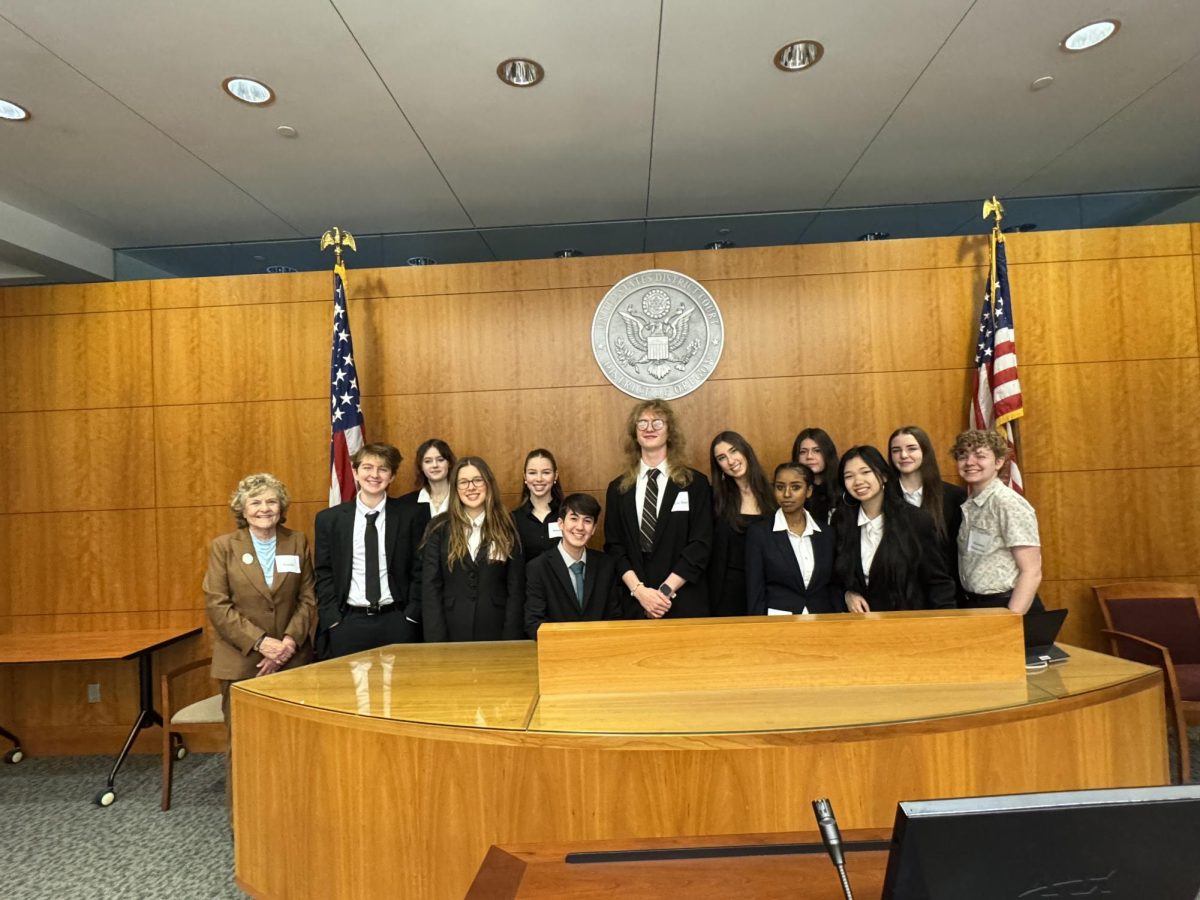Portland Public Schools closed McDaniel, Cleveland, and Roosevelt within the first week of returning from winter break, switching all three high schools to at least one week of distance learning in response to COVID-19 outbreaks and subsequent staffing shortages. Ockley Green Middle School and Faubion Elementary School have since joined the high schools in transitioning to temporary distance learning (TDL).
As the Omicron variant takes hold, Oregon has broken its record for new cases in a single day multiple times in the last month, including a 10,000+ case day on Jan. 7. The repercussions are being felt throughout the Portland Public School District; in the first full week of January, 919 students and 190 staff members throughout the district reported positive or presumptive COVID-19 cases and over 700 combined were quarantined, according to the backlogged PPS COVID-19 Dashboard. Limited testing in combination with a higher volume of cases has stunted the dashboard’s up-to-date accuracy. Furthermore, the system’s veracity relies on students to self-report any positive cases and to be aware of the process for officially reporting a case, which are not guaranteed.
In a televised address on Friday, Jan. 7, aired on KGW, PPS Superintendent Guadalupe Guerrero spoke on the closures, saying, “The ability to fully staff and safely operate our schools is a key factor that has resulted in the very difficult decision to temporarily transition, in this case, two of our comprehensive high schools where COVID cases are high to distance learning.” According to the PPS COVID-19 Dashboard, in the week leading up to the switch, Jan. 2 to 6, Cleveland recorded 76 cases, 9 of which were staff, and McDaniel recorded 19 cases, 4 being staff.
On Saturday, Jan. 8, Portland Public Schools announced that Roosevelt High School would also be transitioning to online learning for the week of Jan. 10 through 14. This decision came in response to a significant rise in COVID-19 in the North Portland school. The PPS Dashboard shows that Roosevelt recorded a total of 36 positive or presumptive cases in the week leading up to the closure.
In the following days PPS announced, on Jan. 9 and 10 respectively, that both Ockley Green Middle School and Faubion Elementary School will be transitioning to online school until Friday, Jan. 14 at the least. The Ockley Green decision was made after 26 substitute-eligible staff called in sick for Monday, an irreplaceable amount, as reported by KOIN. As PPS moves more and more schools online, confusion grows over Franklin’s status, and if, or when the school could see a temporary switch to distance learning.
As it pertains to Franklin’s ability to remain open, the situation is constantly changing. The exact standards which define whether schools are deemed “safe” or “adequately staffed” by PPS are generally unknown and variable depending on the circumstances around the district. Dr. Renard Adams, Chief of Research Assessment and Accountability for PPS, in the KGW address, discussed the complexity of the situation: “There’s not one single number or data point on its own that will determine whether to make a transition, as we’re looking at multiple data points.” He then went on to lay out some of the factors that contribute to the decision-making process; “We are currently monitoring the number of staff who test positive for COVID-19, the number of students who test positive for COVID-19, the number of staff and students who are in quarantine, the number of staffing vacancies, the number of staffing vacancies that are not covered by a substitute educator, the number of additional certified staff available to cover vacancies, we have considerations for our special programs and additional information such as regional public health metrics, rapidly changing guidance, etc.”
In the Jan. 7 address, Superintendent Guerrero made it very clear that the district’s goal is to “keep school buildings open and maintain in-person instruction as much as possible.” However, in the situations as seen at the three Portland high schools thus far, where COVID-19 cases and staff shortages are high, there has been no choice but to close the campuses.
As cited by Dr. Adams, at the district’s KGW presser, 435 substitute teacher requests were made on Jan. 7 and of those only 236 were filled, an example of the extreme teacher shortages. The finite amount of subs puts pressure on individual schools to scramble to find staff to fill positions or find alternatives.
Following the trend around the district, Franklin has also experienced an adverse staff shortage. On Jan. 7 Franklin recorded 20 teacher absences. “20 subs is a lot for sure. Not to mention the non-teaching staff that we don’t have,” remarks Vice Principal Scott Burns. After returning from the weekend, Franklin continued to face shortages with 22 teacher absences on Monday, Jan. 10 and 27 on Tuesday, Jan. 11. On Jan. 11, only half of the missing spots were filled by authorized substitute teachers; the other half were filled using a combination of administration personnel and Franklin teaching staff. Whether Franklin will be able to continue to fulfill the substitute positions in the following weeks is yet to be seen and is a determining factor in the school’s in-person learning status.
For the schools that have moved online so far, staff shortages have been the determining factor in the transition; however, general COVID-19 rates and data is also a concern at Franklin. As of Jan. 7, Burns reported that the school had 49 student COVID-related absences, either students who had tested positive or been quarantined due to an exposure.
Burns details the situation for the Franklin community, saying, “We have no power to say that Franklin is closing. We communicate our reality, our numbers to [the district], and then we’re in communication with them, and then they make the final decision whether or not we can continue to operate and operate safely.”
The rapidly changing nature of the situation raises anxiety among students, with many expressing concern over the increased rate of COVID-19 transmission and the attempts made by the district to keep schools open. Anabelle Jukkala (11) comments on the district policy, saying, “It’s very concerning for me to be back when people are still wearing unsafe/incorrect masks and our vaccination rate is so low. It makes me so frustrated with the Board for pushing the vote on a vaccine mandate until May. Their leadership has consistently shown they do not value student safety and strictly want to maintain the status of ‘We’re back!’. I was only at school for two days, wearing a KN95, only taking it off to drink water and eat during lunch and I tested positive. All of my friends are either having symptoms, exposed, waiting for a test result, [or] just living in constant fear.”
Students and teachers alike have been left in the dark around Franklin’s in-person or distance learning status. Social studies teacher Kimberly Livesay describes the confusion, saying, “Having that possible transition looming over students (and staff) has just increased everyone’s anxiety, stress, and feelings of uncertainty.” In a year flooded with hurdles, the volatility of the circumstances weighs on the Franklin community. “We are all tired and stressed and overworked. I have so many students who could use a little extra support this year, but I don’t have the time or energy to do everything that I would like to do. I feel like I have little energy left for my own kids,” says Spanish teacher, Tracy Wisher.
After just over four months of in-person learning, a return to online school, even a temporary one, would be a blow to the Franklin community. “I’d say for students coming back into the building and staff being back in the building, it is a setback. I mean, in-person learning is in-person learning,” says Burns. Isabel Deumling (11) described what going back to online would mean for her, saying, “Without that daily social interaction with peers outside my close friend group, I am worried that my mental health will take a huge blow. Going to school every day is actually what keeps me going and my spirits up.”
Franklin has encouraged students to take home their Chromebooks and schoolwork every night in case of a sudden shift to online learning. The district has also encouraged teachers to keep Canvas pages updated and ready if a switch were to occur. While a return to distance learning is not inevitable, the Franklin community braces themselves for the potential transition.
